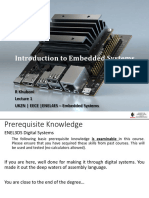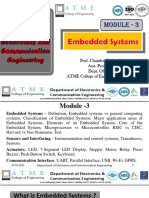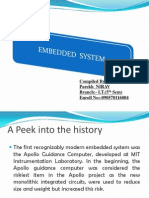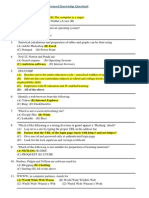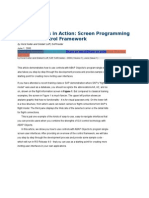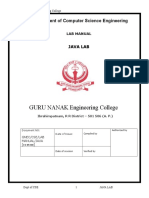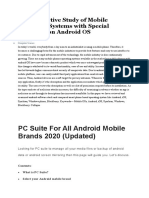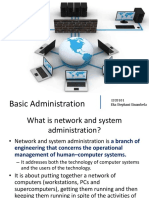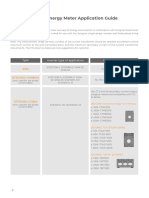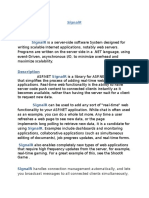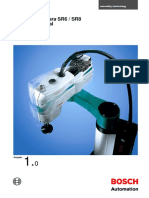0% found this document useful (0 votes)
169 views84 pagesIntroduction To Embedded Systems
This document provides an introduction to embedded systems. It discusses that embedded systems are application-specific computer systems designed to perform one or a few dedicated functions, often with real-time computing constraints. Embedded systems are usually part of a larger mechanical or electrical system, but are different from general-purpose computers in their interaction with physical processes. The document outlines some key characteristics of embedded systems, such as reliability, efficiency, constrained resources, and safety-critical operations. It also discusses common examples of embedded systems and trade-offs between hardware and software design approaches.
Uploaded by
Godofredo Luayon Jipus Jr.Copyright
© © All Rights Reserved
We take content rights seriously. If you suspect this is your content, claim it here.
Available Formats
Download as PDF, TXT or read online on Scribd
0% found this document useful (0 votes)
169 views84 pagesIntroduction To Embedded Systems
This document provides an introduction to embedded systems. It discusses that embedded systems are application-specific computer systems designed to perform one or a few dedicated functions, often with real-time computing constraints. Embedded systems are usually part of a larger mechanical or electrical system, but are different from general-purpose computers in their interaction with physical processes. The document outlines some key characteristics of embedded systems, such as reliability, efficiency, constrained resources, and safety-critical operations. It also discusses common examples of embedded systems and trade-offs between hardware and software design approaches.
Uploaded by
Godofredo Luayon Jipus Jr.Copyright
© © All Rights Reserved
We take content rights seriously. If you suspect this is your content, claim it here.
Available Formats
Download as PDF, TXT or read online on Scribd
/ 84





